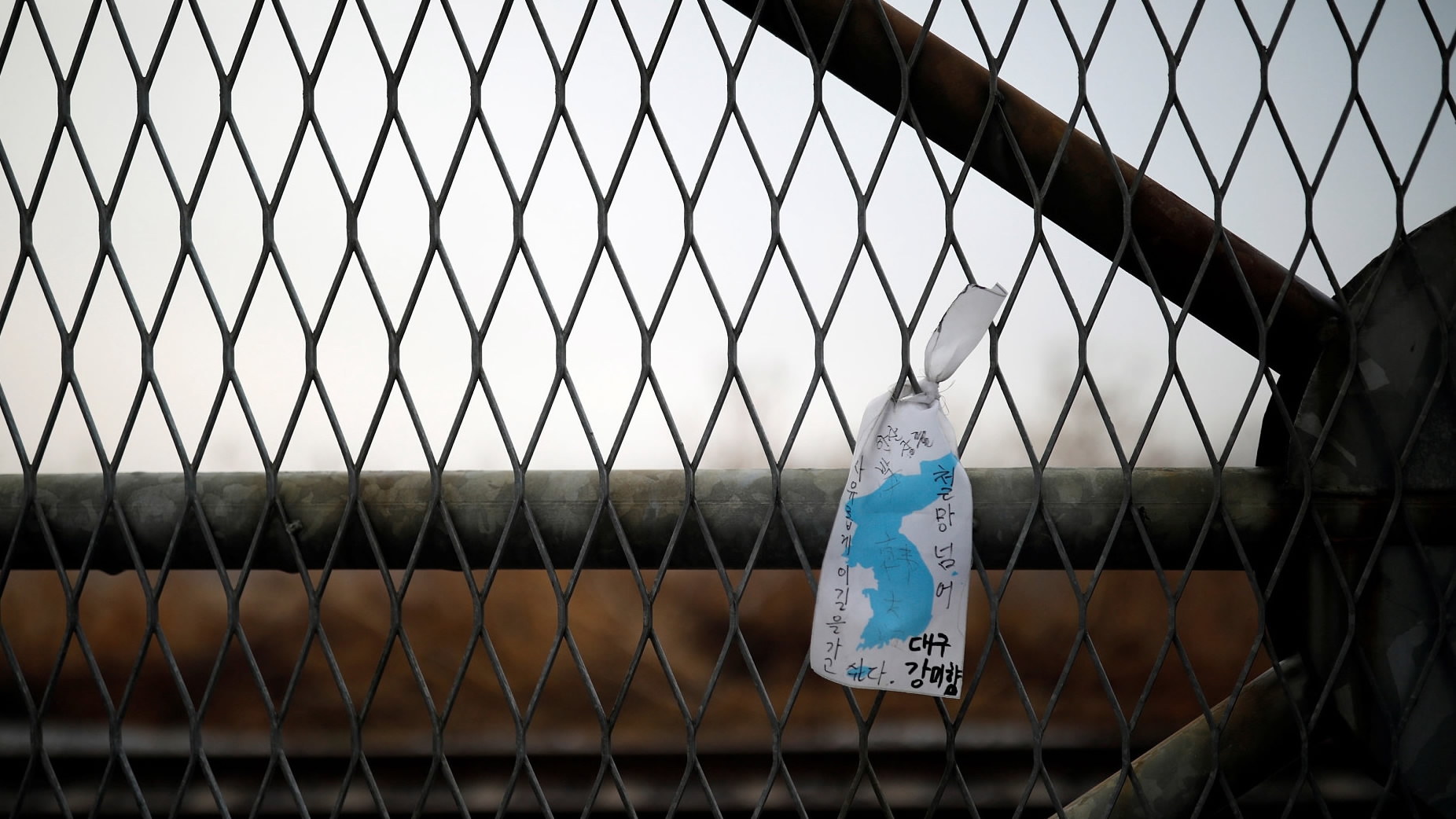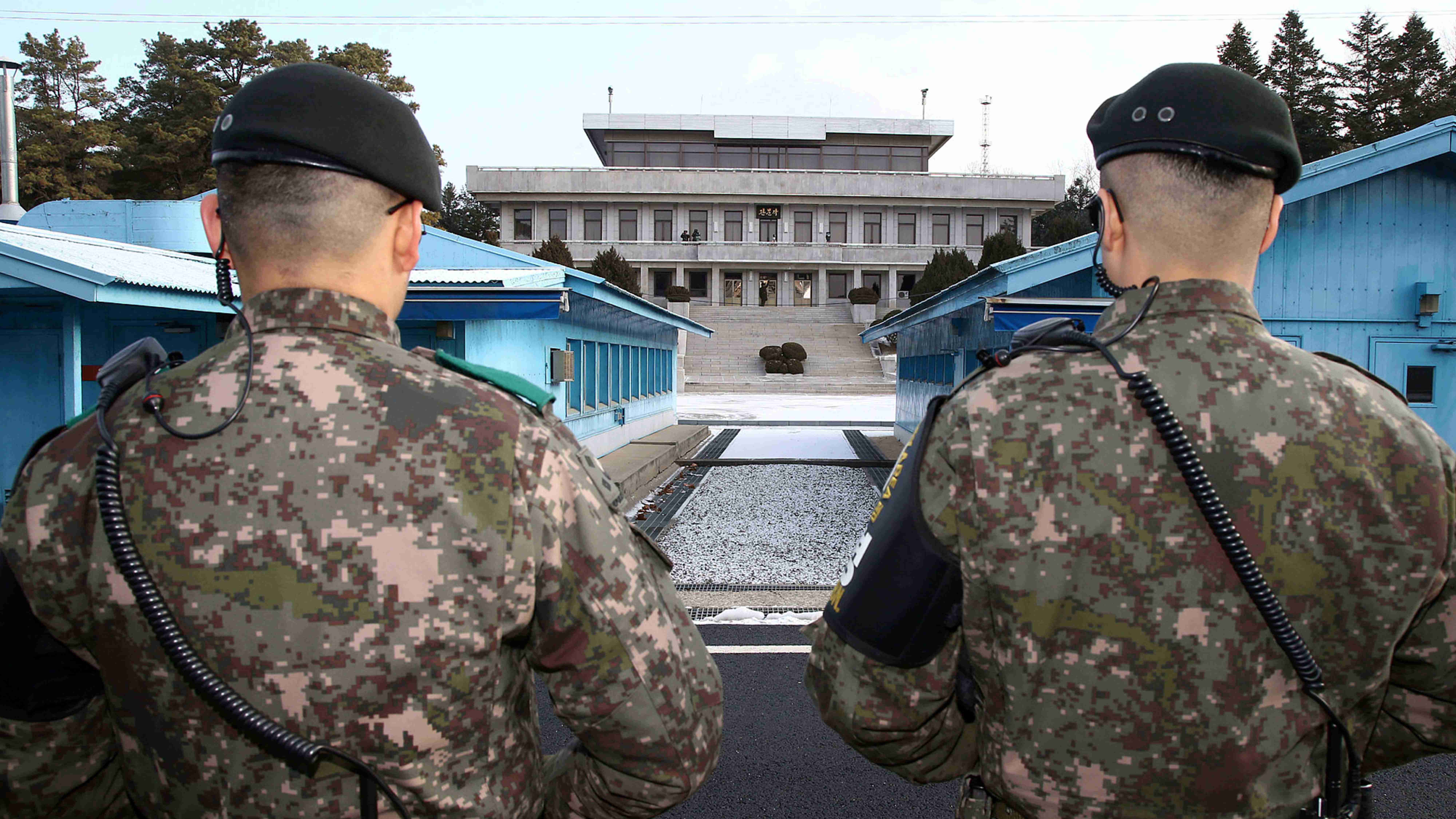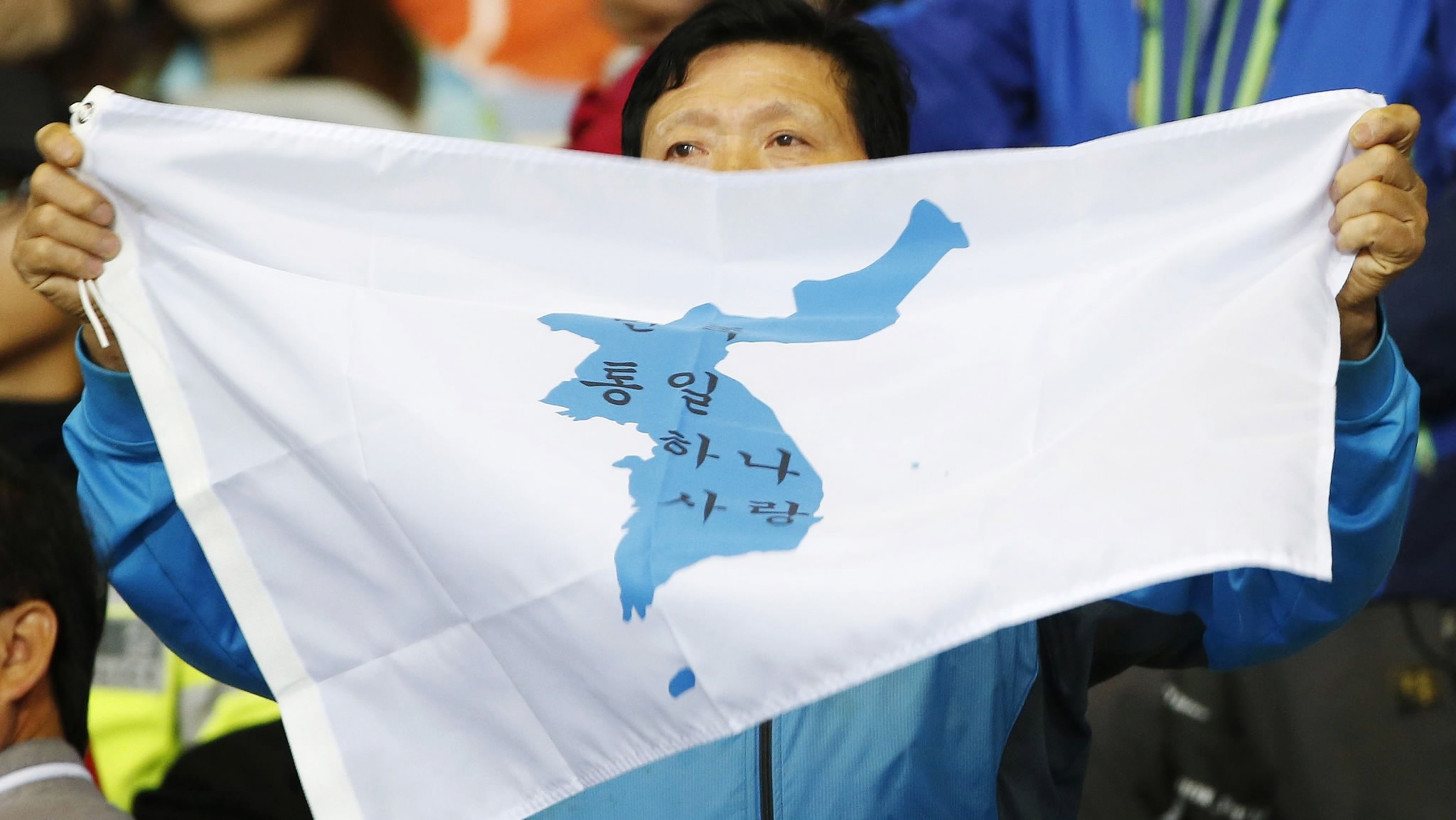A series of inter-Korea talks at the truce village of Panmunjom have led to significant symbolic breakthroughs, with the most recent being the decision for both countries to walk together under a unified Korea flag at the opening ceremony of next month's PyeongChang Winter Olympics in the Republic of Korea (ROK).
The thaw in bilateral relations started on the first day of 2018 when the Democratic People's Republic of Korea (DPRK) leader Kim Jong Un publicly expressed the country's willingness to attend next month's Winter Olympics.
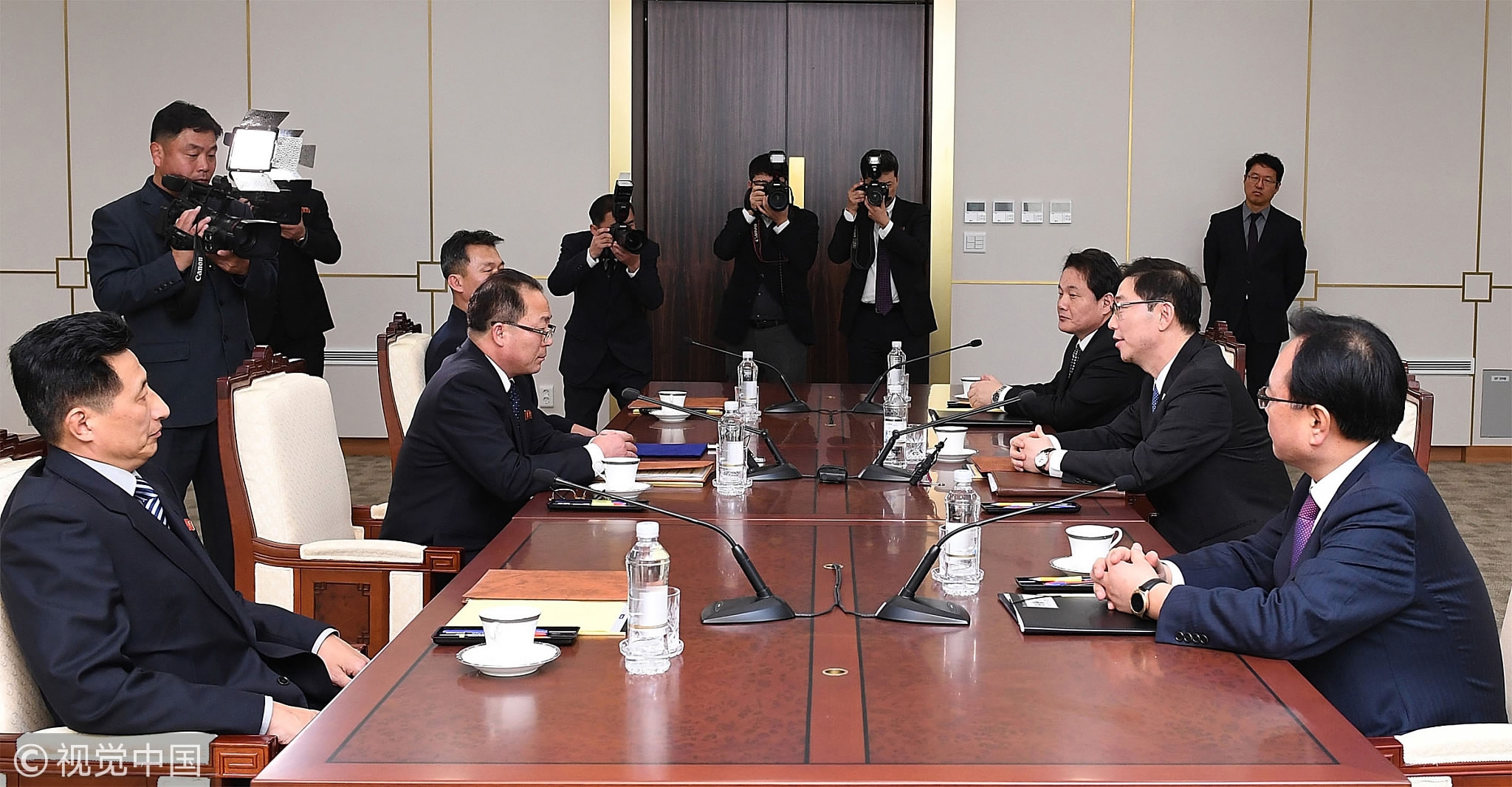
The ROK's Vice Unification Minister Chun Hae-Sung, (2nd R) talks with the head of the DPRK's delegation Jon Jong Su (2nd L) during their meeting on January 17, 2018 in Panmunjom, ROK. /VCG Photo
The ROK's Vice Unification Minister Chun Hae-Sung, (2nd R) talks with the head of the DPRK's delegation Jon Jong Su (2nd L) during their meeting on January 17, 2018 in Panmunjom, ROK. /VCG Photo
What has been agreed to so far?
The inter-Korea talks took the first step on Jan. 9 when both sides agreed to
hold military talks to ease the tensions on the Korean Peninsula. The DPRK also confirmed its attendance at the PyeongChang Winter Olympics after 11 hours of discussion.
Meanwhile, the military hotline, suspended for nearly two years, was reopened on the same day.
On Wednesday (Jan. 17), both countries announced they would march together holding a blue and white "Korean Unification" flag at the opening ceremony of the Winter Olympics for the first time in 12 years.
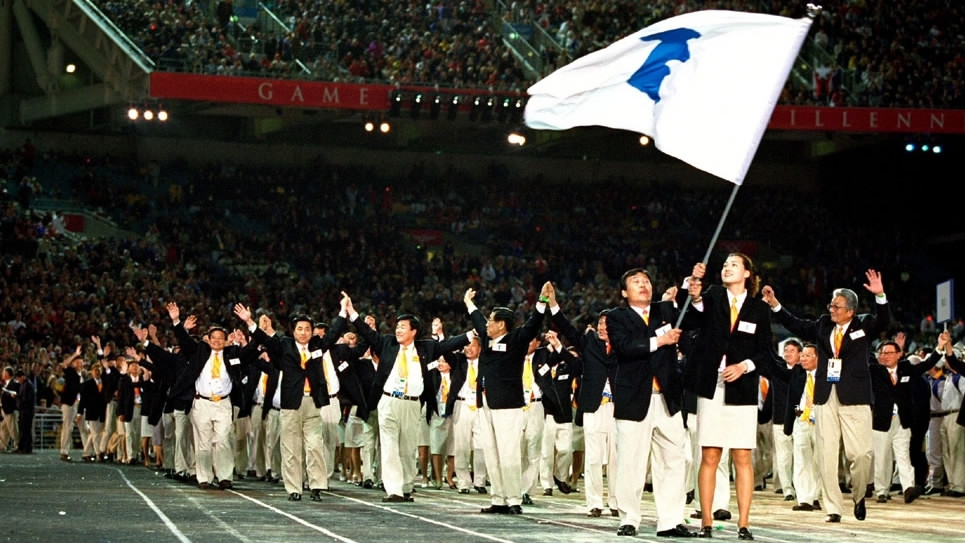
The DPRK and ROK teams march together at Opening Ceremony of Sydney Olympics in 2000. /Reuters Photo
The DPRK and ROK teams march together at Opening Ceremony of Sydney Olympics in 2000. /Reuters Photo
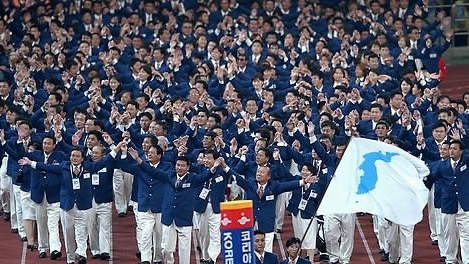
The DPRK and ROK teams march together at Opening and Closing ceremonies at Asian Games in Busan, ROK in 2002. /VCG Photo
The DPRK and ROK teams march together at Opening and Closing ceremonies at Asian Games in Busan, ROK in 2002. /VCG Photo
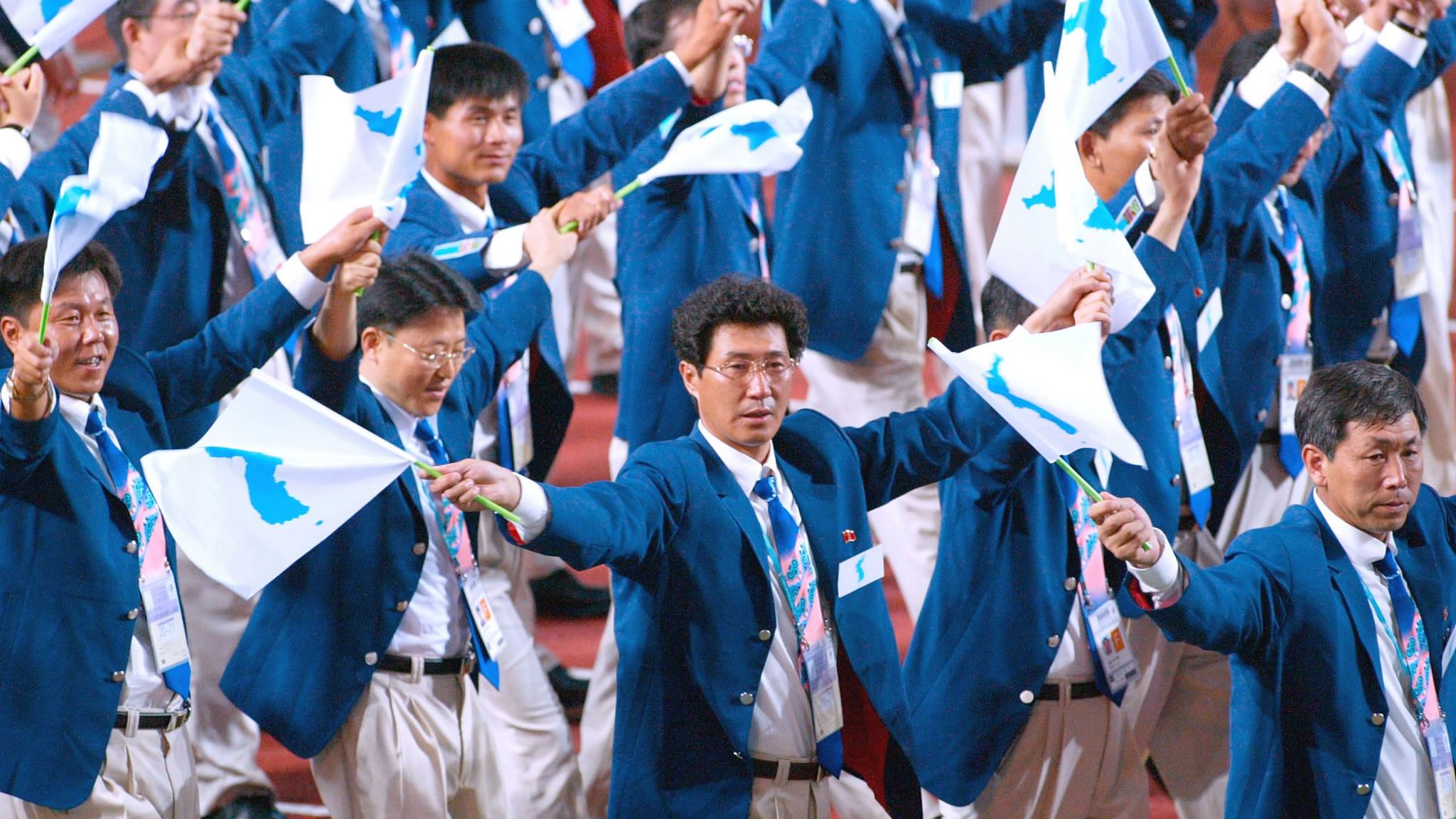
The DPRK and ROK teams march together in University Games in Daegu, ROK in 2003. /VCG Photo
The DPRK and ROK teams march together in University Games in Daegu, ROK in 2003. /VCG Photo
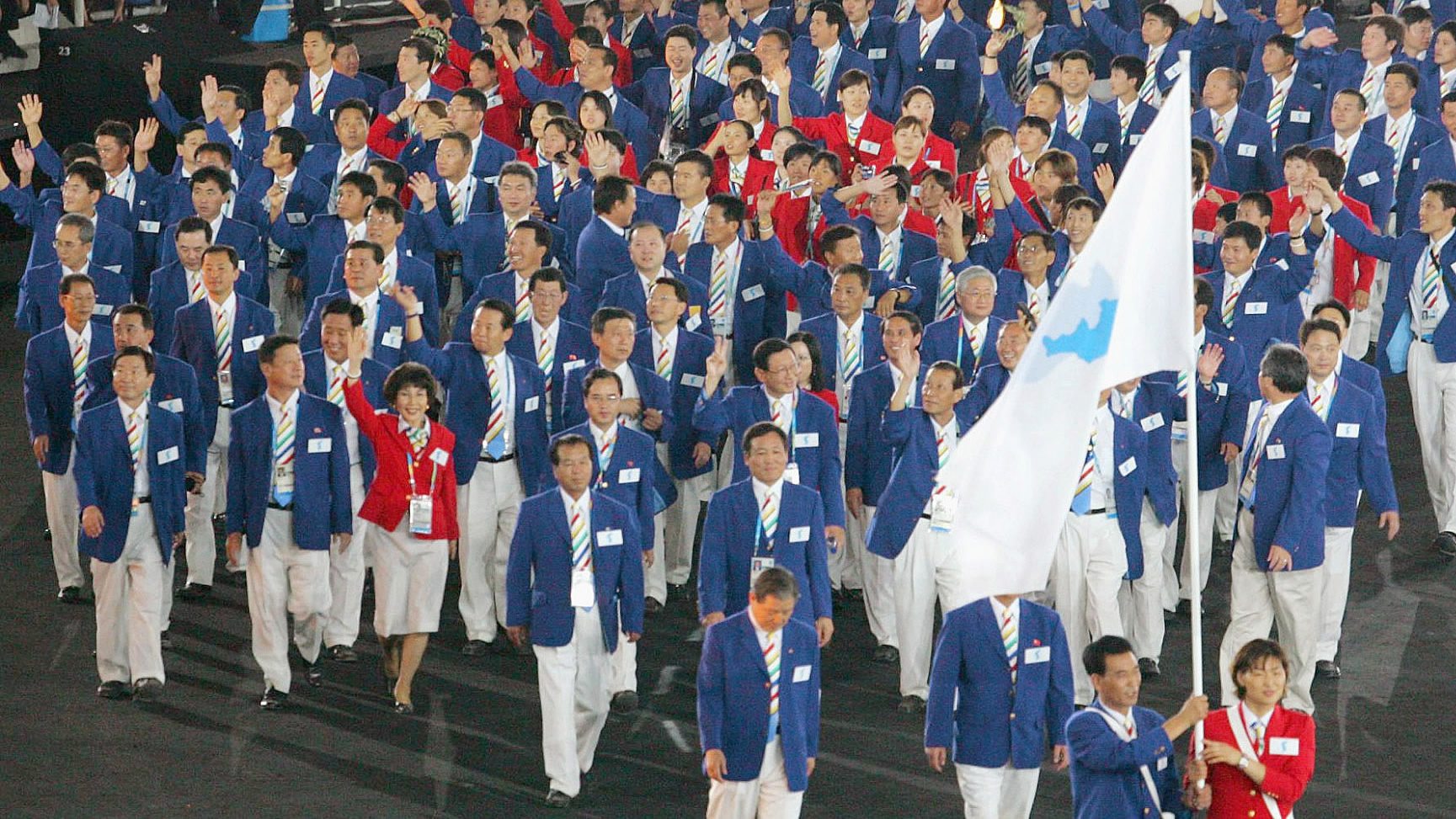
The DPRK and ROK teams march together at Opening Ceremony of Athens Olympics in 2004. /VCG Photo
The DPRK and ROK teams march together at Opening Ceremony of Athens Olympics in 2004. /VCG Photo
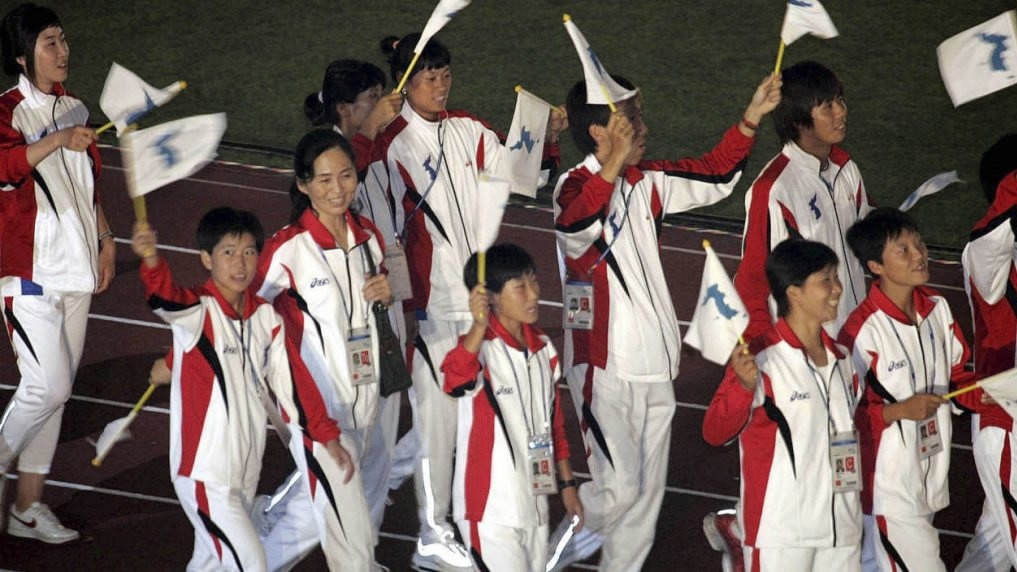
The DPRK and ROK teams march together at Opening ceremony of the 16th Asian Athletics Championships in Incheon, ROK in 2005. /VCG Photo
The DPRK and ROK teams march together at Opening ceremony of the 16th Asian Athletics Championships in Incheon, ROK in 2005. /VCG Photo
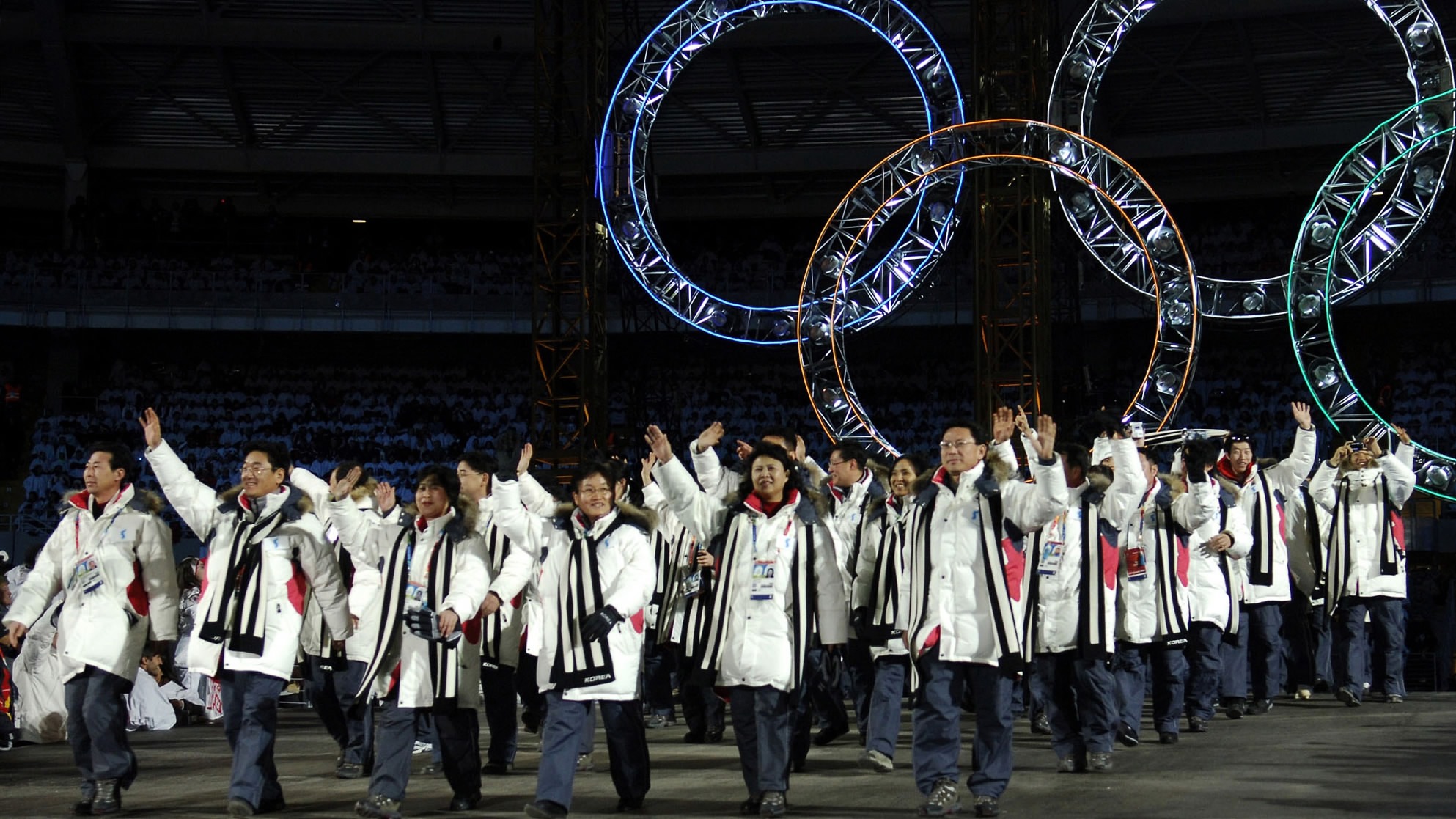
The DPRK and ROK teams march together at Turin Winter Olympics in 2006. /VCG Photo
The DPRK and ROK teams march together at Turin Winter Olympics in 2006. /VCG Photo
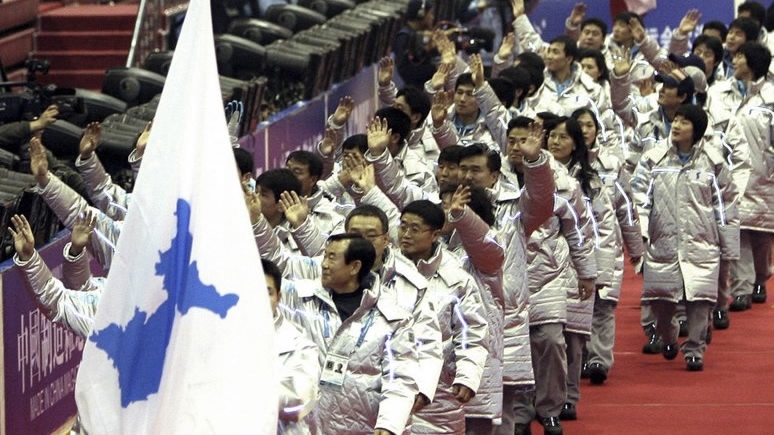
The DPRK and ROK teams march together at Asian Winter Games in Changcun, China in 2007. /VCG Photo
The DPRK and ROK teams march together at Asian Winter Games in Changcun, China in 2007. /VCG Photo
The two sides also made a historic decision to form a united women's ice hockey team, which was reported to be first proposed by Seoul during a meeting on Jan. 9.
Jointly-held cultural events at Mount Kumgang before the opening ceremony and ski training at Masikryong Ski Resort in the DPRK will also be conducted, according to two sides' joint statement.
How did the agreements come about?
In a rapid series of statements, the inter-Korea talks were agreed to in a period of five days.
After Kim Jong Un's New Year Address where he expressed a willingness to talk to the ROK about sending a delegation the the Winter Olympics, ROK President Moon Jae-in responded swiftly the next day, suggesting a meeting on Jan. 9.
The two sides restored the hotline between the two countries on Jan. 3 and on Jan. 5, the DPRK agreed to attend the high-level talks on Jan. 9.
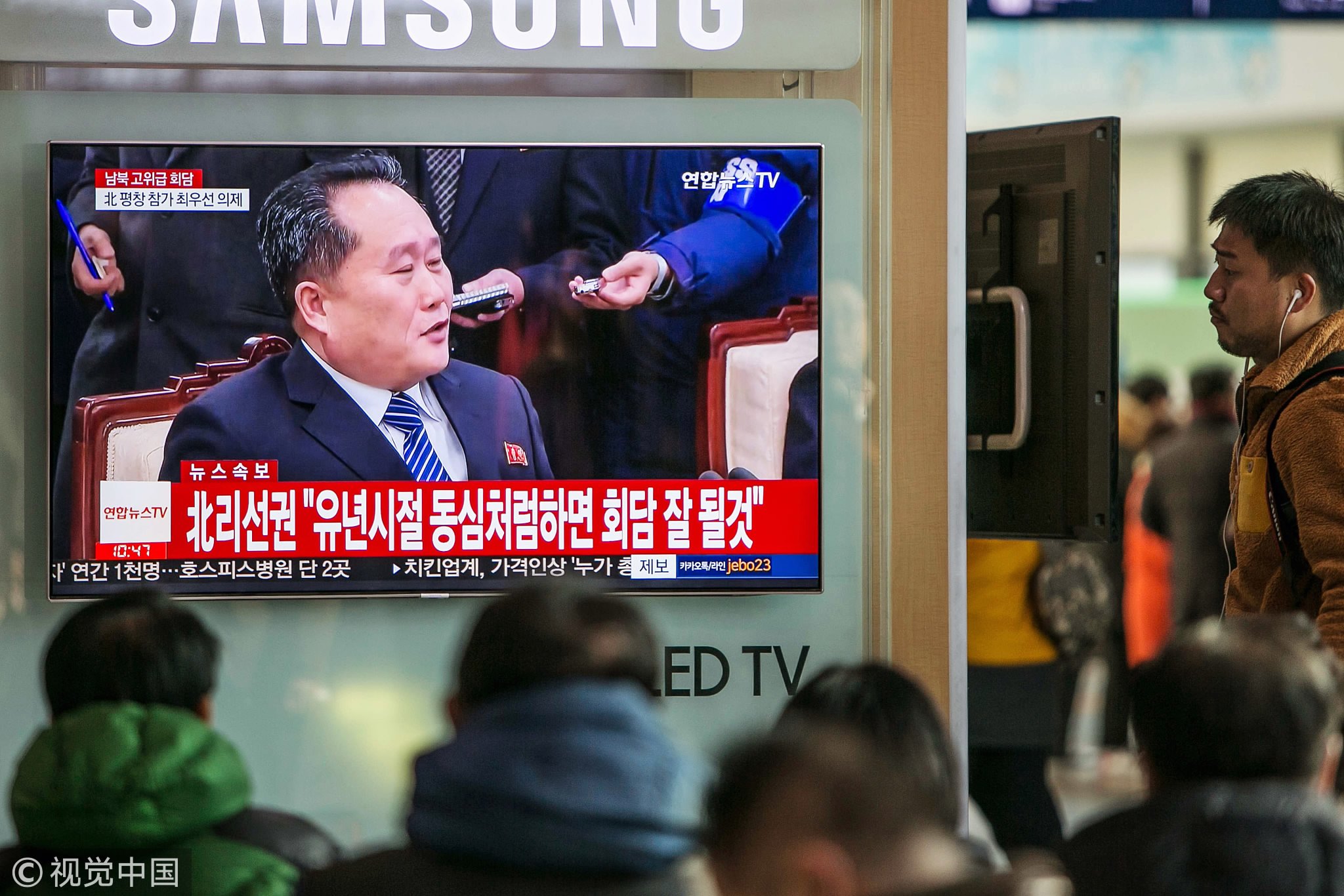
A television broadcasts a photograph of Ri Son Gwon, chairman of the DPRK's Committee for the Peaceful Reunification of the Fatherland, during inter-Korean talks in the Demilitarized Zone at Seoul Station in Seoul, ROK, on Jan. 9, 2018. /VCG Photo
A television broadcasts a photograph of Ri Son Gwon, chairman of the DPRK's Committee for the Peaceful Reunification of the Fatherland, during inter-Korean talks in the Demilitarized Zone at Seoul Station in Seoul, ROK, on Jan. 9, 2018. /VCG Photo
What can we expect next?
The International Olympic Committee (IOC) will host talks on Jan. 20 to discuss the details of the proposals from the DPRK and the ROK. IOC President Thomas Bach has said he is in favor of granting the DPRK a wild card to participate in the figure skating pairs event as the country's two qualifying athletes missed the deadline for eligibility. He also committed to efforts to allow DPRK athletes to compete in other events.
If all the agreed plans are realized – a 230-member cheering squad, a 30-member taekwondo demonstration team and a 140-member orchestra team could make their way to the Winter Olympics via the land border. Another 150-member delegation including athletes and cheerleaders would also show up at the Winter Paralympics.

